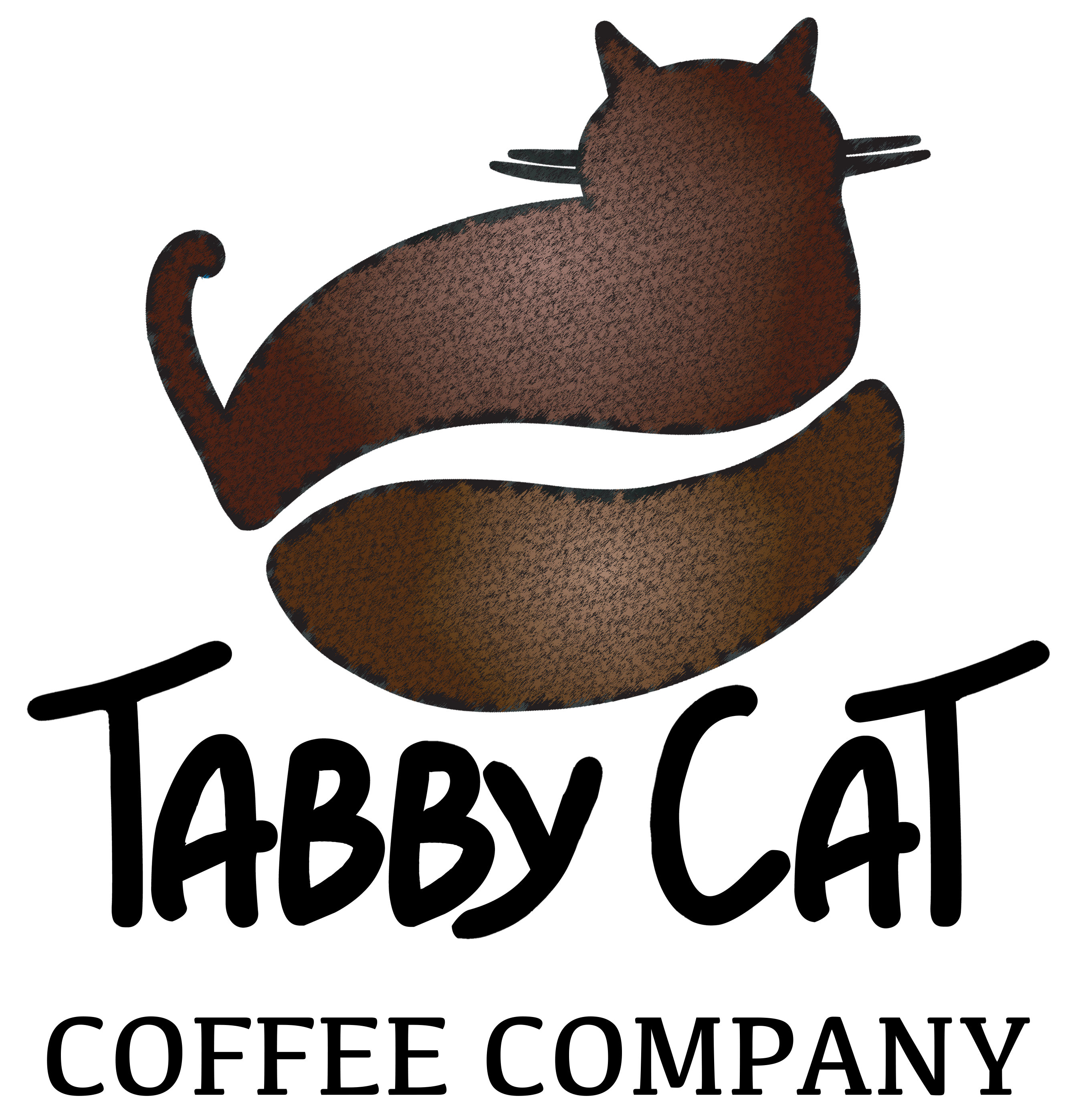
The Moka Pot was created by an Italian engineer by the name of Alfonso Bialetti in 1933, and quickly became one of the staples of Italian culture. This stovetop coffee maker (comes in an electric version as well) produces coffee that is similar to espresso. Concentrated and rich, with a light texture, Moka pot coffee is delicious and fairly quick to brew, although it does have its nuances that takes some trial and error to perfect the brewing process.
One issue that most people encounter is bitter coffee as a result of an excessively high brew temperature or pressure, and / or incorrect grind size.
Start by using a grind size that falls between espresso and drip.
This is one of the nuanced aspects of a moka pot, it takes trial and error to achieve the correct grind size, plus temperature and brew time as well all need to work together to create a pleasant cup of coffee. Now, back to coffee grind size, change the grind based on the outcome and refine accordingly, although it should always fall between drip and espresso grind types, which is a little bit finer than sand, if you want the coffee to extract correctly.
Add as much ground coffee as possible to the basket, and even out the grounds with your finger or a butter knife level it out, and tap the basket on the counter gently to settle everything and to get rid of any potential air pockets. Remember, it shouldn't be heaping over the edge of the basket. The key also for great coffee is to use freshly ground, freshly roasted coffee, that's why we reccomend buying whole bean and grinding it yourself, that way you have complete control over the grind size and can dial it in as nessecary to create that little bit finer than sand consistency.
You might be tempted to "tamp" like what you do when using an espresso machine, but resist the urge to do so! The pressure in a moka pot is insufficient to push through tamped coffee, and doing so will impede the flow and cause it to over extract, producing a bitter cup. To avoid wasting coffee, find out how much space your moka filter basket has and grind precisely the next time. Try and use hot water for the chamber and fill it just below the pressure release valve (be careful when handling, it will be hot!) Take the coffee off the burner right away once it starts to make bubbly / sputtery sounds, and immediately pour into cups. Leaving it on for too long or letting it get too hot can burn the coffee, resulting in bitter, burnt, and metallic tastes.
Why tamping your coffee in a moka pot is a bad idea!
- Over-extracting your coffee
- Loss of water through the safety valve or by leaking
- Exploding Moka Pot
Since tamping increases the density of the coffee grounds, the water moves slower and is in contact with the coffee beans for a longer time. This results in more bitter flavors being extracted from the beans.
But even if the water can still force its way through, the increased pressure may cause the steam to look for other ways to escape.
You may think that the safety valve will prevent this from happening, but there are a few reasons a Moka Pot could still explode even with the safety valve.
First, the valve may be clogged with coffee grounds or limescale.
Unless you clean your Moka Pot every day limescale could build up in the boiler or in the safety valve. Or if fine coffee grounds fell into the valve they could be clogging it as well.
In these cases, a buildup of pressure could easily cause your Moka Pot to explode.
Second, you may have overfilled the boiler. If the water in the bottom chamber comes above the safety valve, there will be no escape for the pressure and, again, your Moka Pot may explode.
Finally, even if the safety valve is working as expected, it still may not be able to relieve enough pressure in time to prevent the Moka Pot from blowing up.
So, just don’t tamp.* (link below)
Why grind size is important!
-
If your grounds are too coarse = Under extraction. This is when you have not extracted enough flavor out of your ground coffee.
-
If your grounds are too fine = Over extracted. This is when you have extracted too much flavor out of your coffee – and it becomes overpowering and unpleasant.
What does poorly extracted coffee taste like?
Most of the time, bad coffee is the result of extraction:
UNDER EXTRACTED
-
Sour
-
Acidic
-
Salty
-
Bland
OVER EXTRACTED
-
Bitter
-
Hollow – A lack any notable coffee bean flavors (flavored coffee loses its distinct flavor as well)






